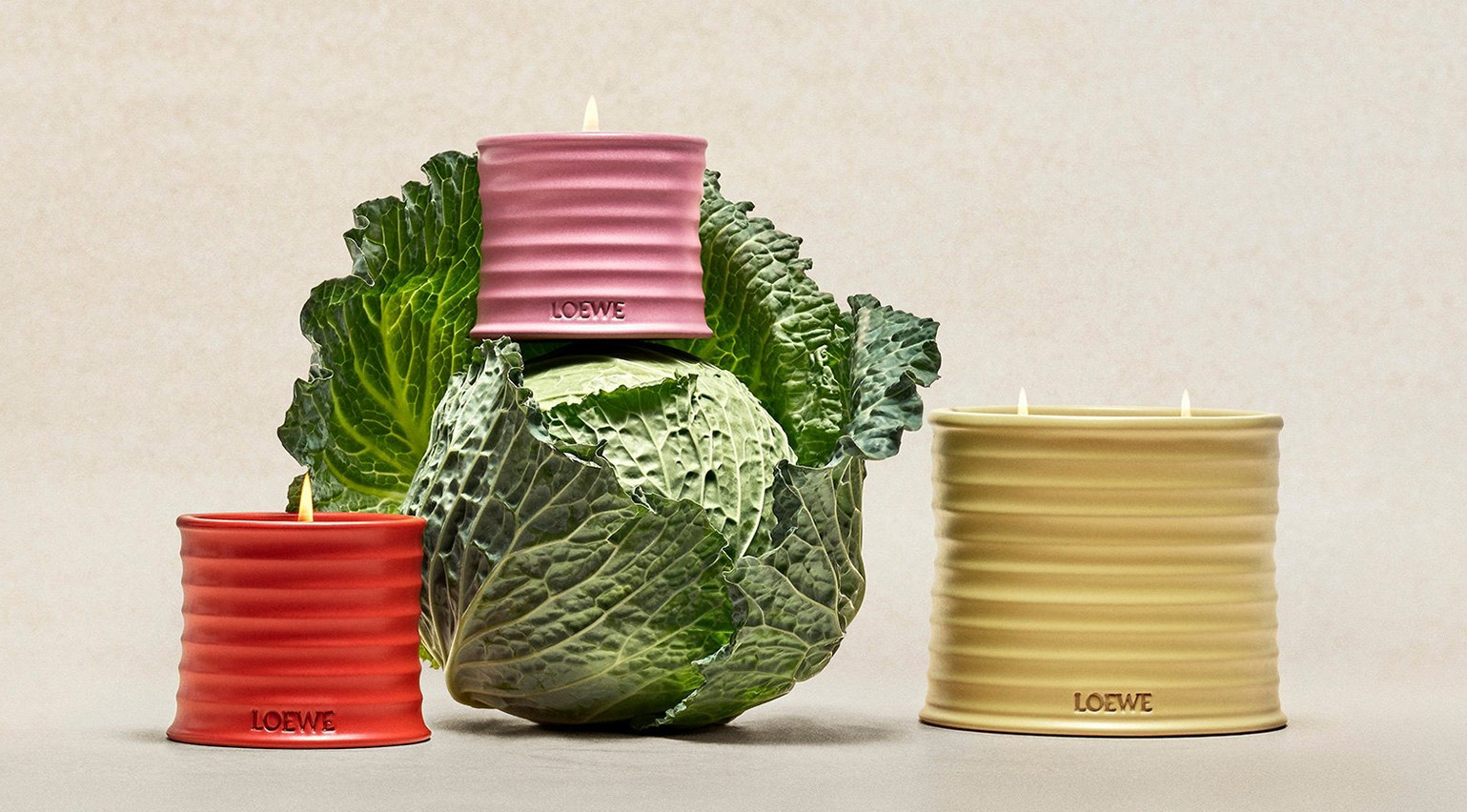A new perfume from Haeckels explores lab grown scents
Haeckels and Central Saint Martins student Tetsuo Lin collaborate on a new perfume that recreates the smells of extinct flora and opens up new possibilities for sustainable perfumes
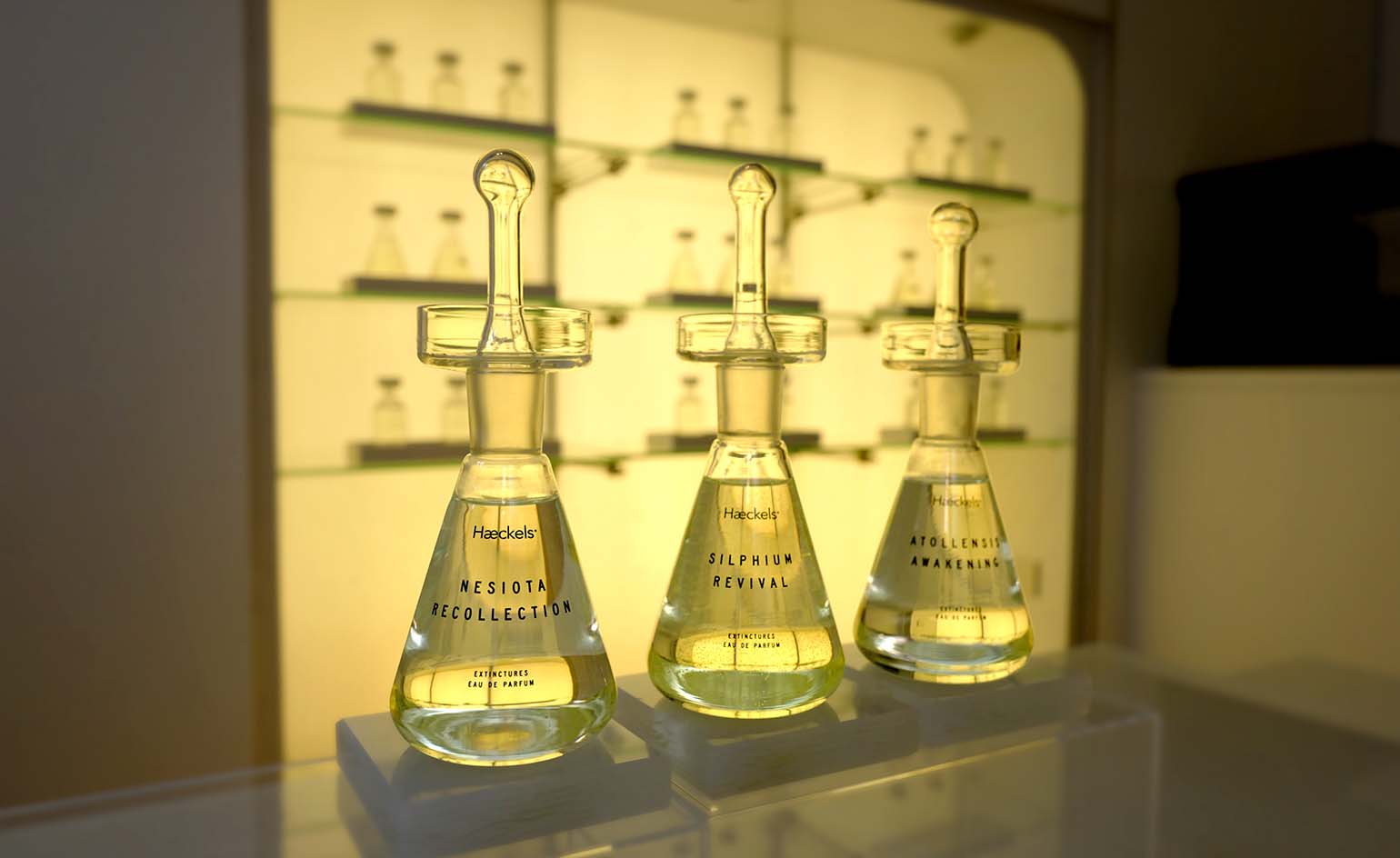
Game-changing skincare and fragrance brand Haeckels and Central Saint Martins student Tetsuo Lin have collaborated on a new perfume project that recreates the smells of extinct flora. The team have revived previously lost scents by extracting small amounts of DNA from floral specimens, allowing them to predict the gene sequences that encode the enzymes and create smell molecules.
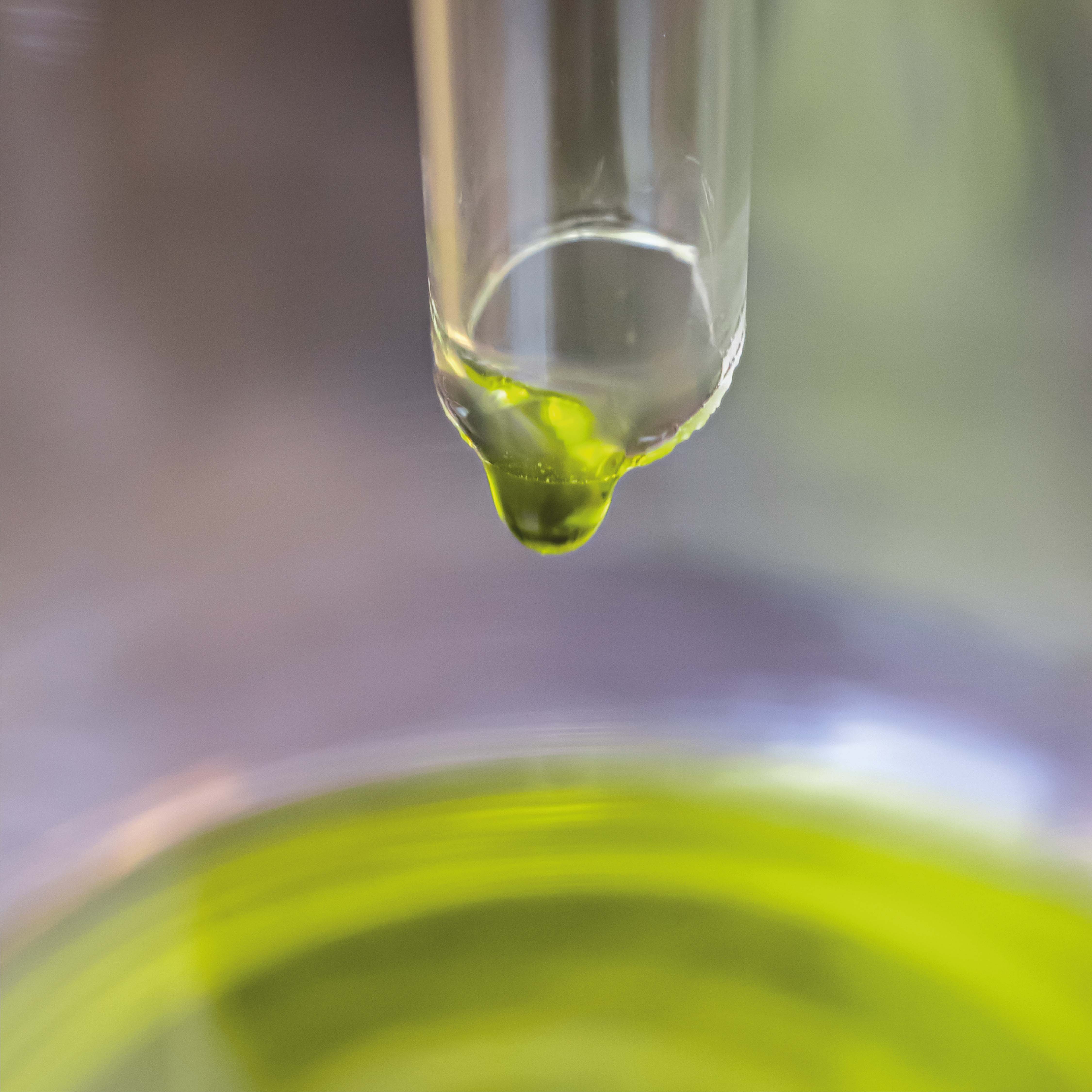
Says Lin, ‘We can get the recipe of the smell and then, after gathering all the ingredients – other scent molecules or essential oils that smell similar – we mix them together to recreate the scent. While this is something we haven't fully realised yet, you can bioengineer yeasts to fabricate the same enzyme in specimens, which means you can create the same smell of samples 100 per cent with yeast. For instance, [you can] make a scent of a rose without the actual flower but only with yeast.’
The resulting fragrances will be showcased in the exhibition ‘Beautility: How Fusing Beauty & Function Can Change The World’, which has been organised by design studio Here as part of London Craft Week 2022 and is on display from 11 – 13 May. Here has also worked with Haeckels to develop a CGI hologram of a flower and create a range of products with the extinct scents.
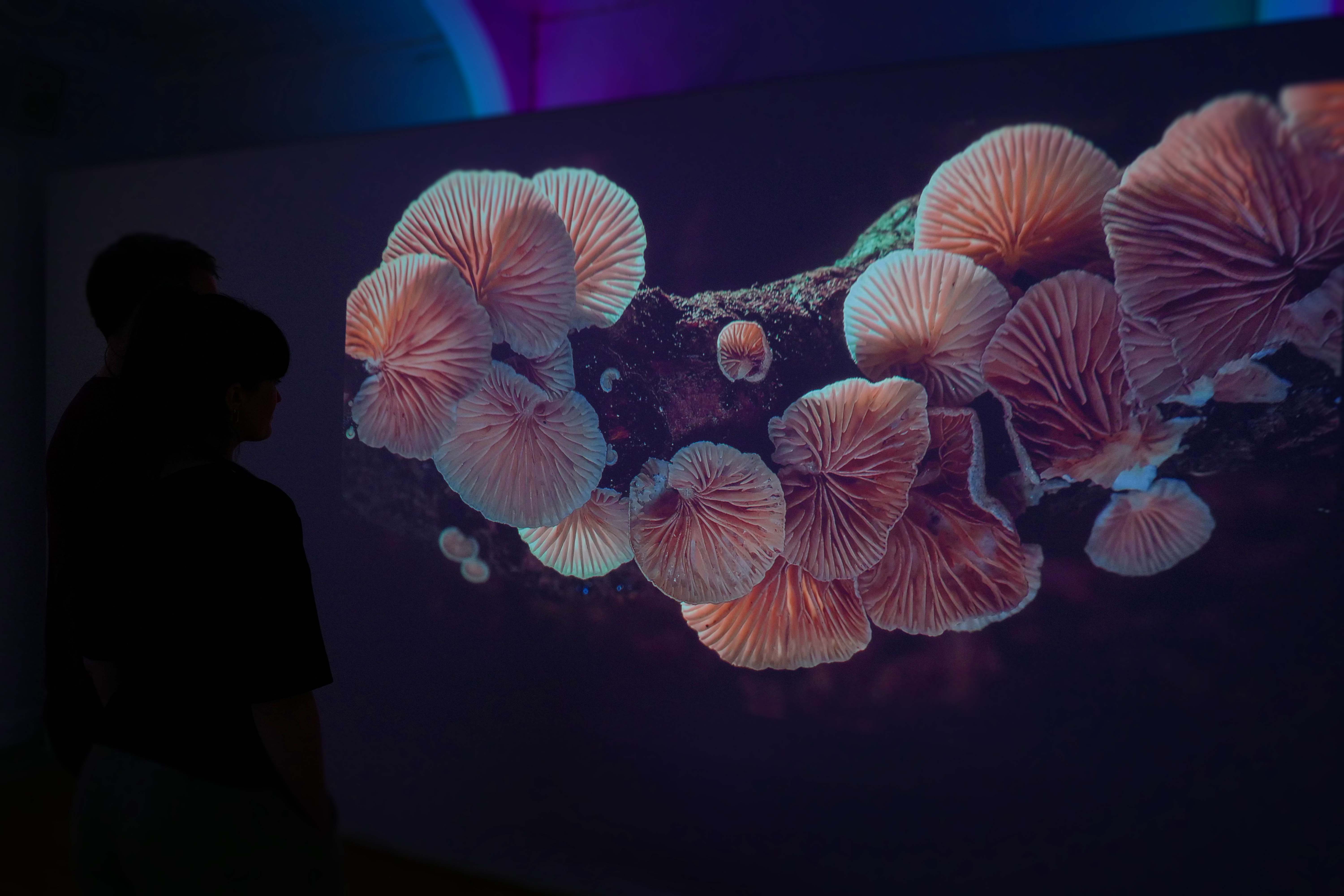
For Haeckels, this project is just one more way of exploring and championing unprecedented approaches to sustainable beauty (we’ve previously reported on its mycelium packaging and grown-to-order eye masks). ‘This collaboration specifically explores the scents of extinct flora and fauna,’ says the brand’s head of biodesign, Jessica Gregory. ‘Bringing these back helps us appreciate nature, and what we have lost. But one major benefit of this innovation is the amount of waste it will save.
‘To produce most scents, an inordinate amount of natural ingredients is used and these ingredients (ie, essential oil production) for the perfume industry have a high environmental impact, from water footprint to land use, which can be hugely damaging to ecosystems. This new way of scent-making can lower the environmental impact by reducing water, land, and other resource usage.’
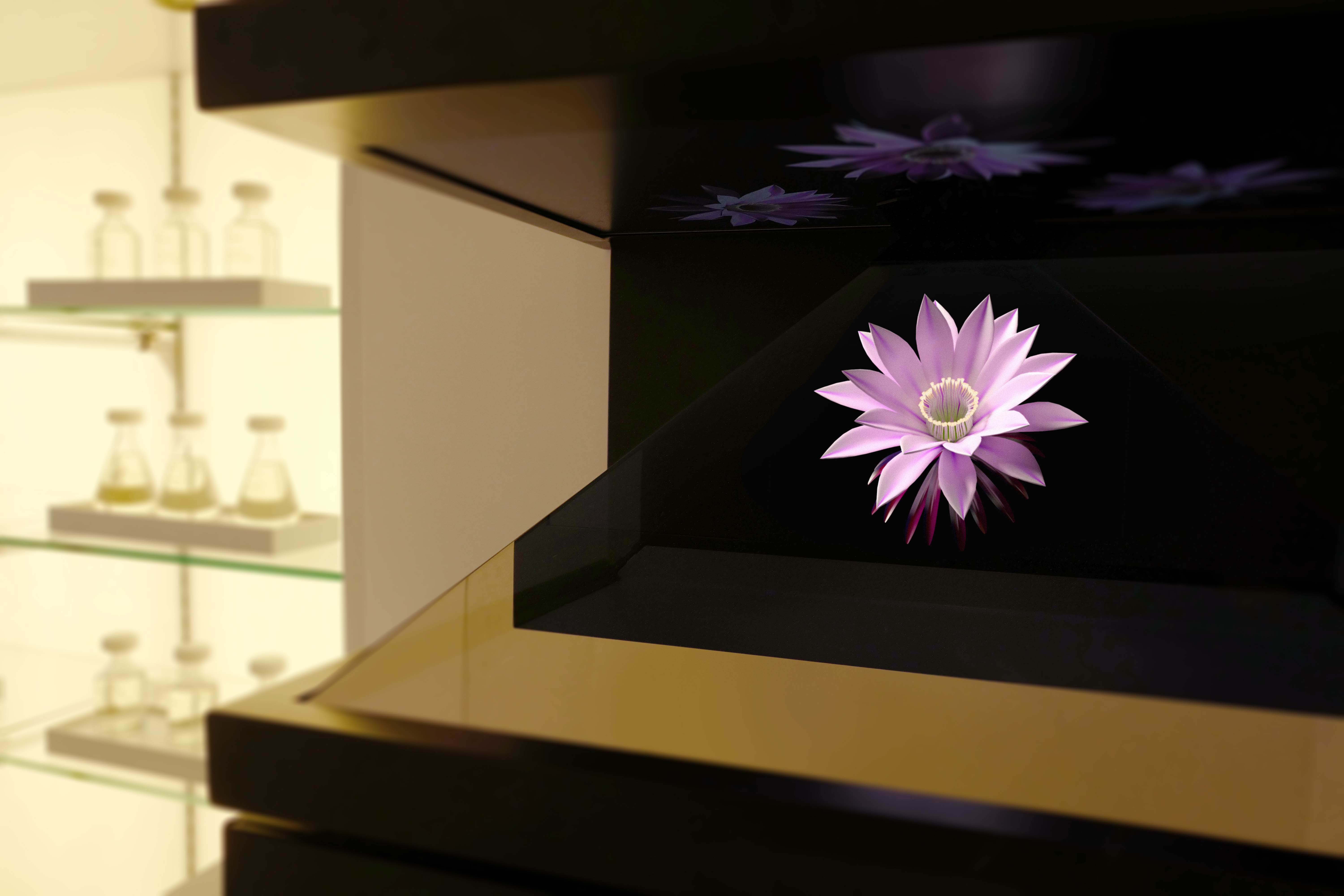
This innovative use of synthetic biology can not only have lasting implications for the perfume industry, but for the beauty industry as a whole. As Gregory explains, ‘engineering scents can sound unnatural and this may deter people, as synthetic is now seen as a cheap alternative with negative connotations. But this type of engineered scent is in fact produced in a natural way, with a little bit of help along the way for a more sustainable outcome. Once people learn more about this type of offering, we could see these types of innovations in all sectors.
‘This could be materials grown to include scents within their make-up, or we could create live scents that are forever evolving and that don’t fade. But within the beauty industry, there are many applications as well as perfume, especially when it comes to skincare and sensitivities, where this could become an alternative within products to reduce irritations but keep the user experience.’
Wallpaper* Newsletter
Receive our daily digest of inspiration, escapism and design stories from around the world direct to your inbox.
INFORMATION
‘Beautility: How Fusing Beauty & Function Can Change The World’ is at the Academy Rooms, 48 Brook Street, London W1K, until 13 May 2022, craftweek.heredesign.co.uk
Mary Cleary is a writer based in London and New York. Previously beauty & grooming editor at Wallpaper*, she is now a contributing editor, alongside writing for various publications on all aspects of culture.
-
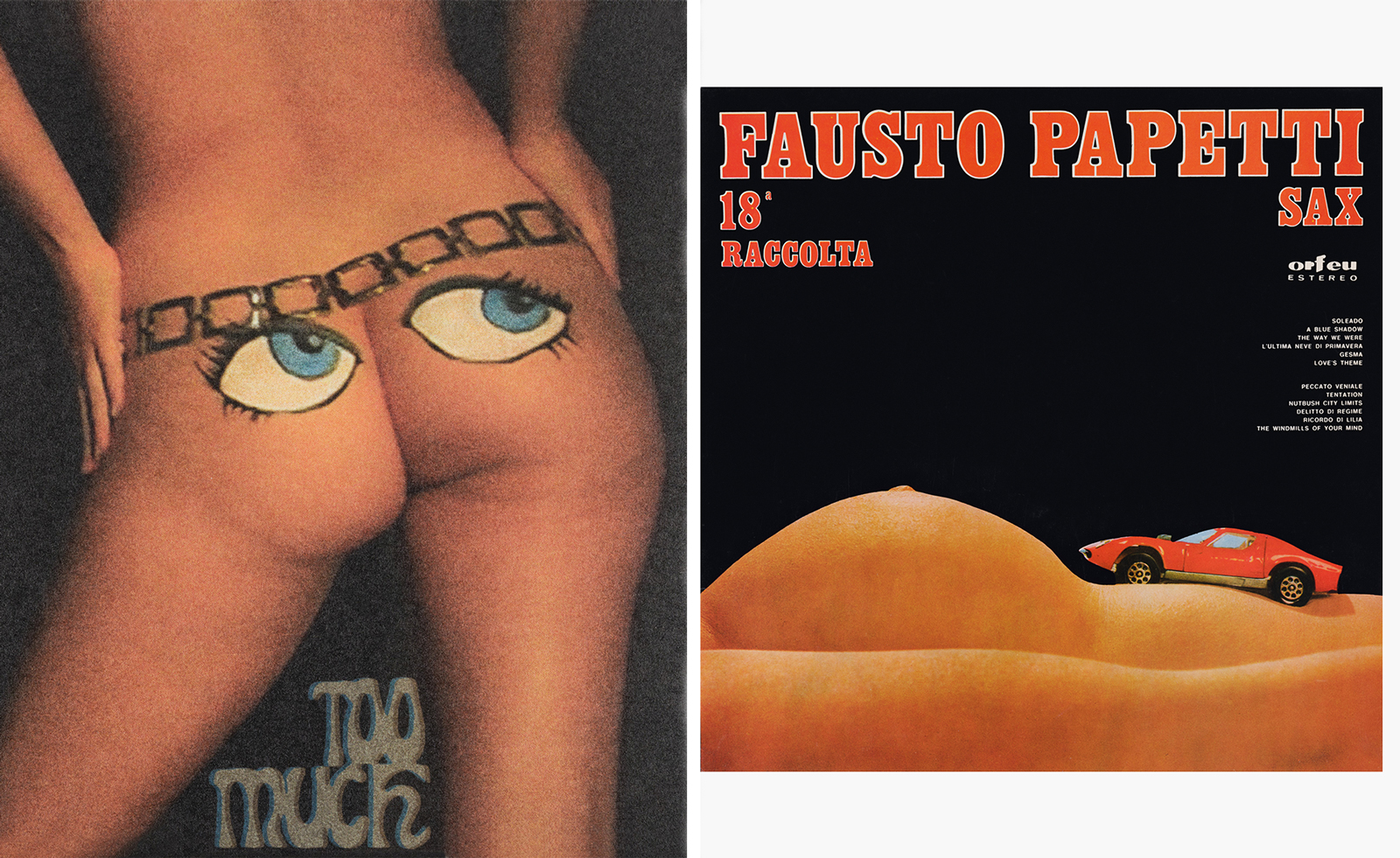 Taschen’s sexy record covers are hitting all the right notes
Taschen’s sexy record covers are hitting all the right notesTaschen has been through 50 years of album art for its latest tome, ‘Sexy Record Covers’
By Hannah Silver
-
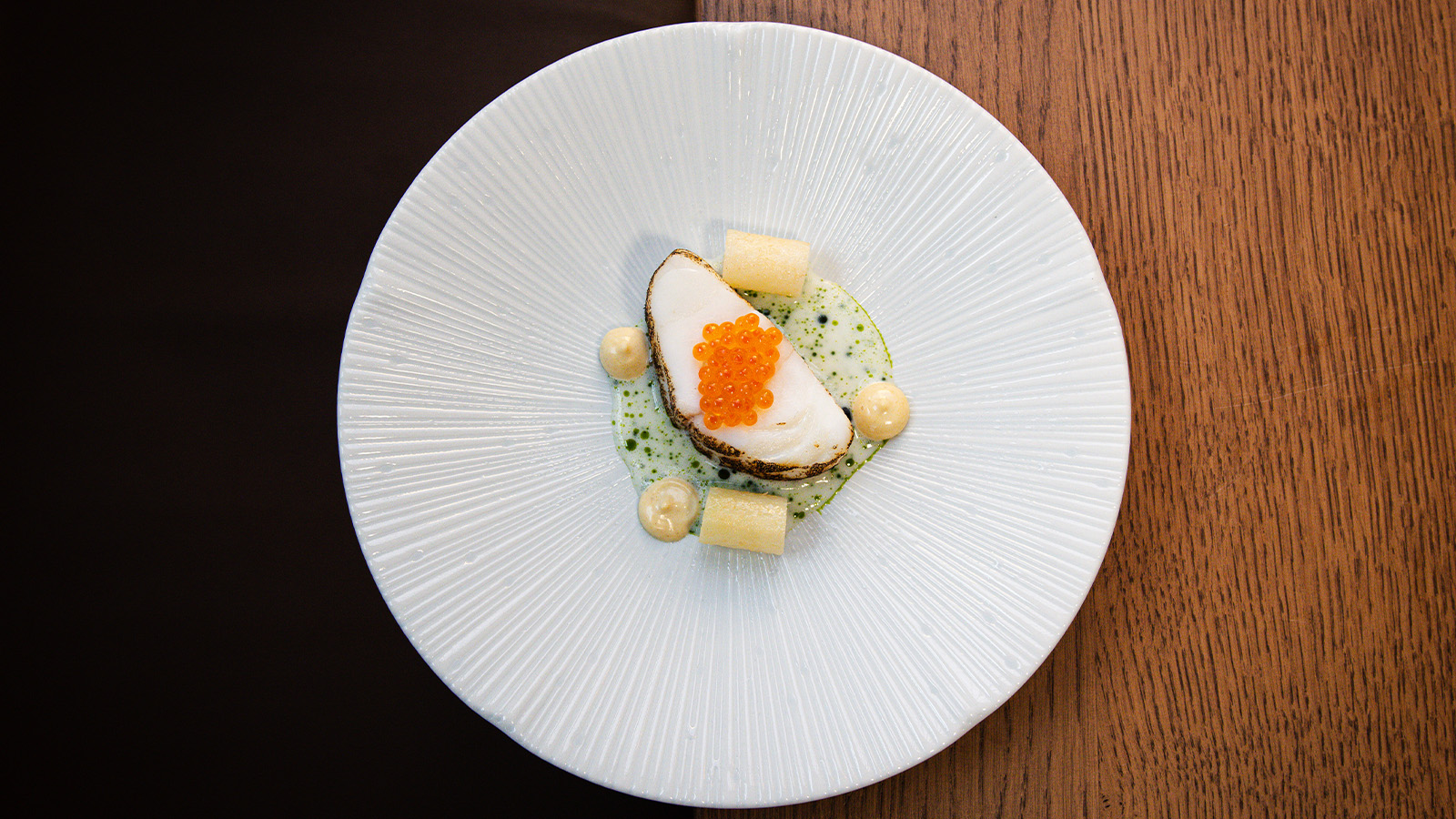 In Wales, Michelin-starred Gorse celebrates the country’s abundant larder
In Wales, Michelin-starred Gorse celebrates the country’s abundant larderGorse is the first Michelin-starred restaurant in Cardiff, putting Welsh cuisine on the map. We speak with chef and founder Tom Waters about the importance of keeping culinary traditions alive
By Tianna Williams
-
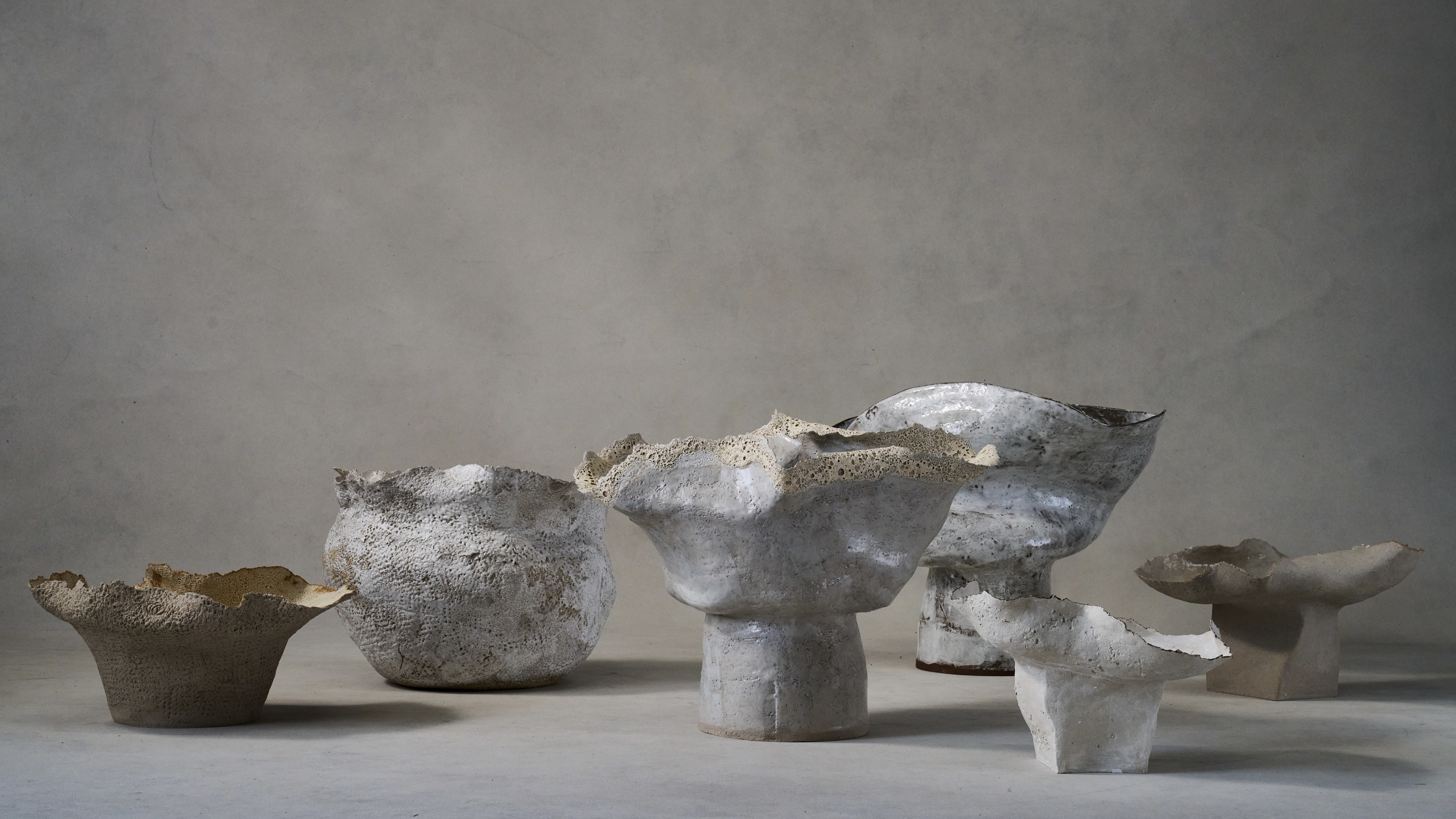 Ludmilla Balkis’ organic, earthy ceramics embody the Basque countryside
Ludmilla Balkis’ organic, earthy ceramics embody the Basque countrysideThe sculptor-ceramicist presents a series inspired by and created from found natural objects in a New York exhibition
By Anna Solomon
